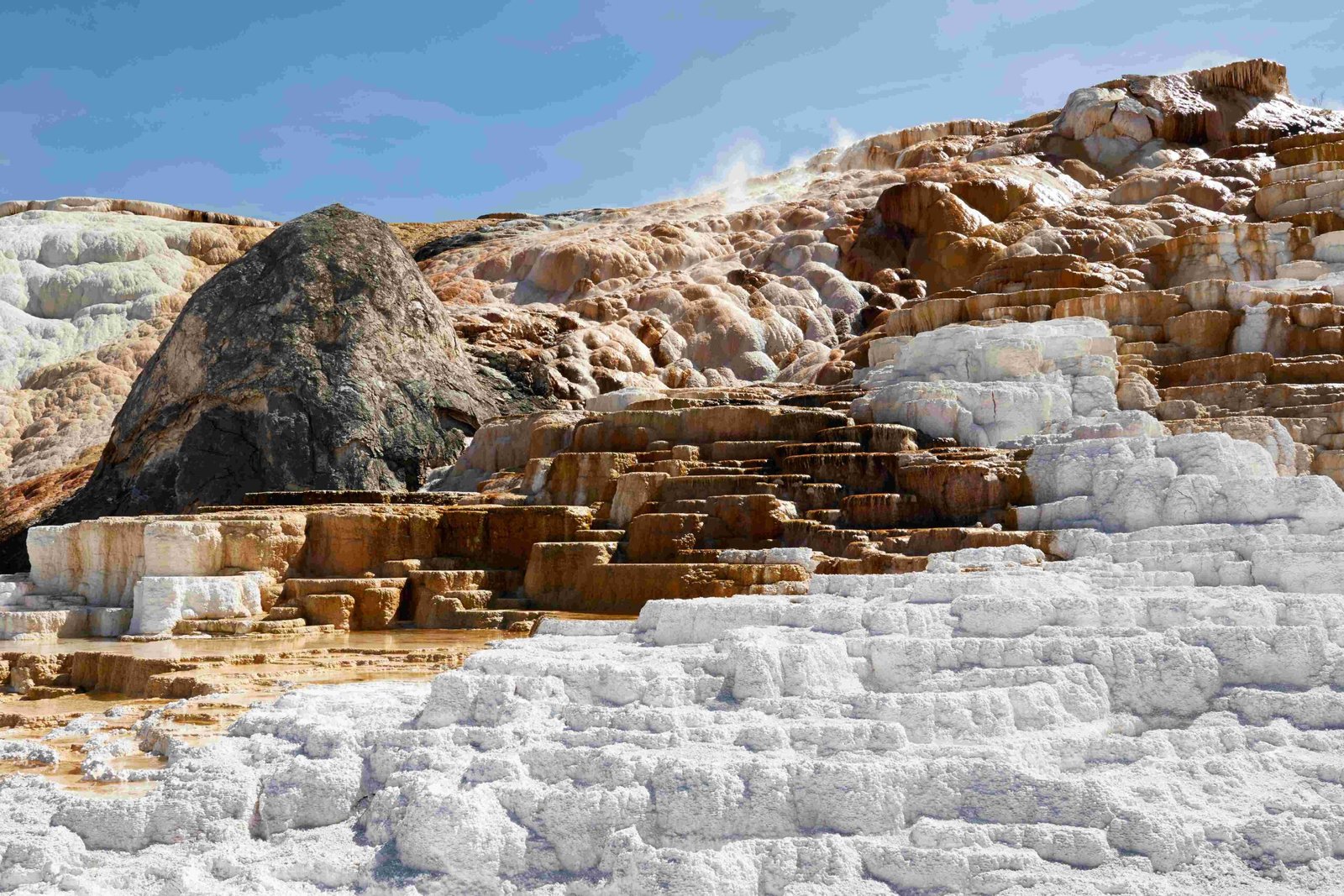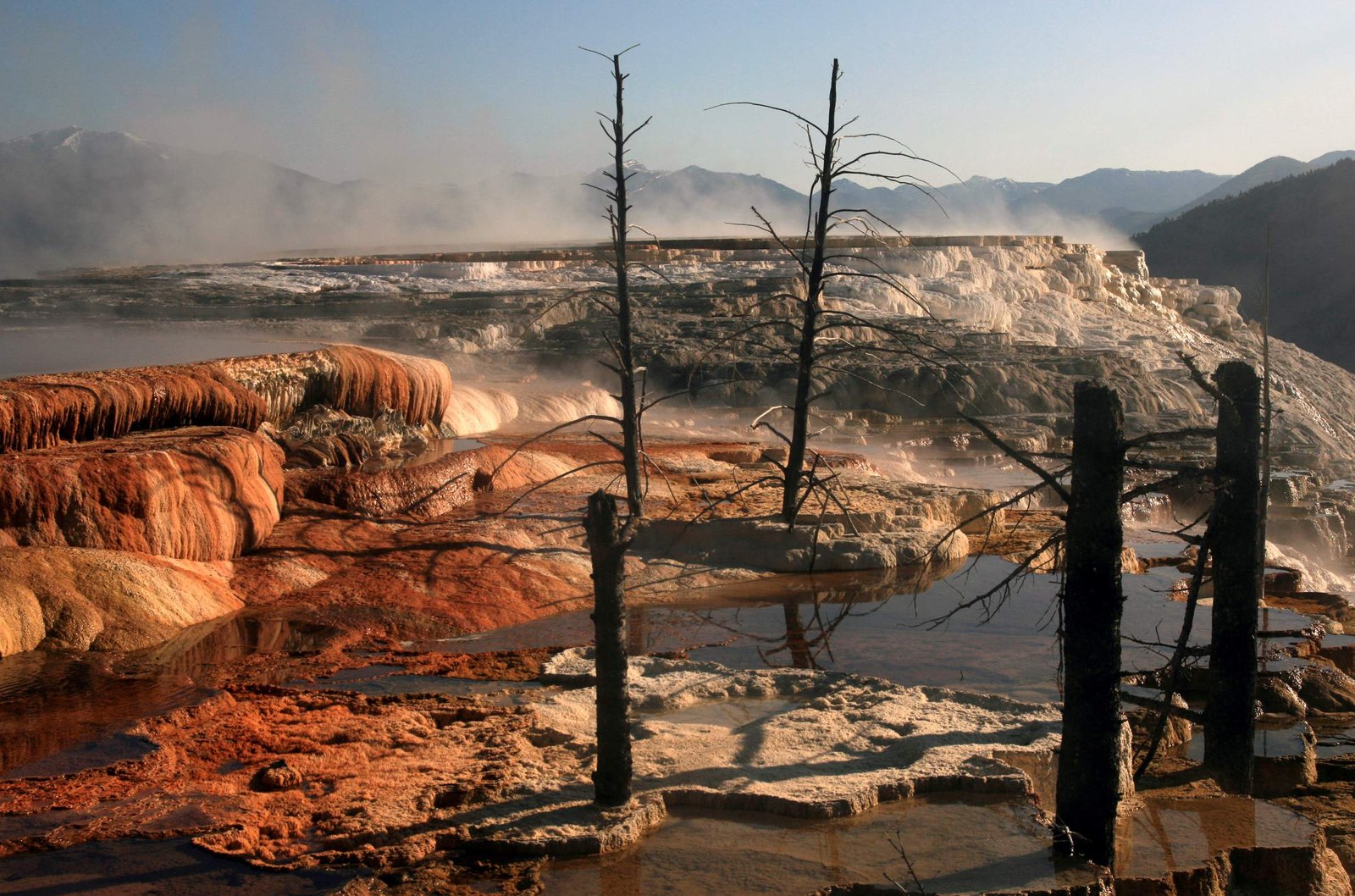Yellowstone National Park is home to a thriving bison population, with approximately 4,800 animals as of 2023. These iconic creatures play a crucial role in the park’s ecosystem and are a major attraction for visitors. The bison population is divided into two herds: the Northern herd with about 3,819 animals and the Central herd with around 1,156. Management efforts aim to maintain a population between 3,500 and 6,000 bison, balancing conservation with ecological considerations.
What is the Current Population Status of Yellowstone Bison?

The bison population in Yellowstone National Park has been closely monitored and managed over the years. Here are some key facts about their current status:
- Total population: Approximately 4,800 as of summer 2023
- Northern herd: 3,819 bison
- Central herd: 1,156 bison
- Population range goal: 3,500 to 6,000 animals
How Has the Population Changed Over Time?
The bison population in Yellowstone has shown fluctuations over the past decade:
- 8-year range: 4,400 to 5,900 animals after calving season
- Management goal: Average of 5,000 bison
- Recent trend: Significant reduction following the 2022-23 winter
What Are the Demographic Characteristics of Yellowstone Bison?

Understanding the demographic breakdown of the bison population is crucial for effective management:
| Characteristic | Value |
|---|---|
| Female percentage | 57% (10-year high) |
| Calving rate (2023) | 45 calves per 100 2-year-old females |
| Removals (2022-23 winter) | 1,551 total |
| Female removals | 57% to 70% of total removals |
How Do Yellowstone Bison Behave in Their Natural Habitat?
Bison behavior in Yellowstone is complex and influenced by various factors:
- Social structures:
- Live in large herds
- Led by experienced older females
-
Dynamic group movements
-
Mating rituals:
- Occur in late summer and early fall
- Intense competition among dominant males
-
Characterized by loud roaring and physical confrontations
-
Feeding habits:
- Primarily grazers
- Consume grasses, forbs, and other vegetation
-
Shape the park’s ecosystem through grazing activities
-
Seasonal movements:
- Migrate within the park based on seasons
- Winter: Move to lower elevations (e.g., Gardiner Basin)
- Spring/Summer: Shift to higher elevations with lush grazing areas
What Are the Habitat Requirements for Bison in Yellowstone?
Bison in Yellowstone have specific habitat needs that influence their distribution and behavior:
Preferred Vegetation Types:
- Abundant grasses
- Meadows
- Riparian zones
- Willows and shrubs (especially in winter)
Key Grazing Areas:
- Lamar Valley
- Hayden Valley
- Meadows around Madison River
Environmental Factors Affecting Habitat:
- Snow depth
- Temperature
- Forage availability
These factors can significantly impact bison movement and survival, especially during severe winters like 2022-23.
What Conservation Efforts Are in Place for Yellowstone Bison?
Several programs and initiatives are dedicated to conserving and managing the Yellowstone bison population:
- Bison Conservation Transfer Program (BCTP):
- Captures and transfers disease-free bison to Native American tribes
-
Since 2019: Over 400 bison transferred to 26 tribes in 12 states
-
Tribal Food Transfer Program (TFTP):
- Provides meat and hides from brucellosis-positive bison to tribes
- Helps manage population and reduce disease transmission risk
Funding and Partnerships:
- National Park Service
- Interagency Bison Management Plan (IBMP) partners
- Greater Yellowstone Coalition
- Combination of federal, state, and private funding sources
Measurable Outcomes:
- Maintenance of a healthy and genetically diverse bison population
- Restoration of bison herds on tribal lands
- Reduced brucellosis incidence rates within the population
How Do Bison Impact the Yellowstone Ecosystem?
Bison play a vital role in shaping Yellowstone’s ecosystem:
- Grazing impact:
- Maintain grassland diversity
-
Create habitat patches for other species
-
Nutrient cycling:
-
Contribute to soil fertility through waste deposition
-
Food source:
-
Provide sustenance for predators and scavengers
-
Cultural significance:
- Important to Native American tribes
- Major attraction for park visitors
By understanding these Yellowstone National Park bison facts, we can better appreciate the complexity of managing and conserving this iconic species in one of America’s most beloved national parks.
References:
1. Spokesman.com
2. Buffalo Field Campaign
3. Idaho Capital Sun

